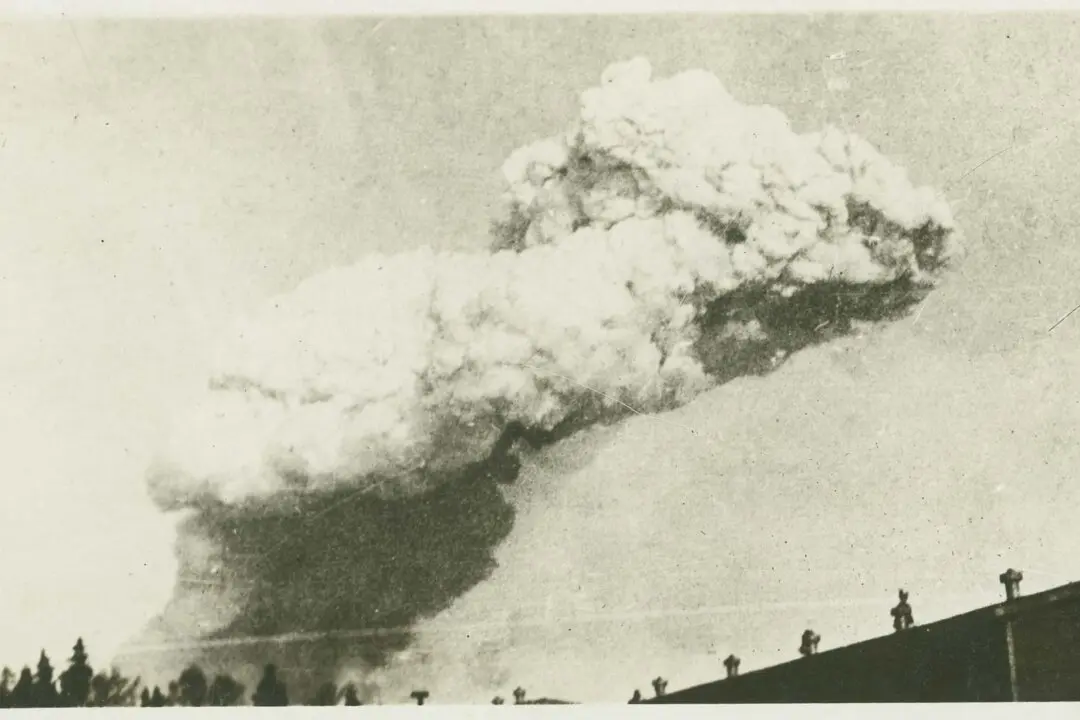In 1939, during a submarine’s regular test mission, a mechanical failure caused the boat’s engine room to fill with water and nearly half the crew drowned. The ship had sunk to a depth of over 200 feet.
Rescuers struggled to develop a rescue plan. This was a monumental task since, up to that point in time, no naval operation had ever succeeded in saving a ship lodged lower than 20 feet deep.






